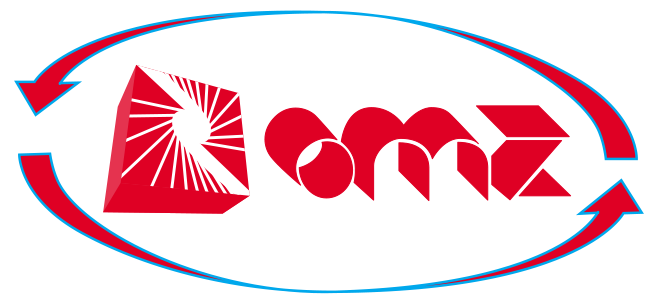How a softener works and what is hardness
Hardness is often a problem in several industrial processes that use or produce hot water, because of the risk of precipitation and scale deposits.
The hardness of a water is due to the presence in it of dissolved calcium and magnesium salts. The water is discharged of these salts dissolving them in the subsoil as it filters through the different layers rich in minerals. The hardness is measured in French degrees (° F), 1 ° F indicates a content of calcium and magnesium salts equivalent to 10 g of calcium carbonate (CaCO3) in 1.0 m3 of water.
Ex .: Through a tube that carries 1.0 m3 / h of water with 30 ° F hardness, over 2 tons of calcium and magnesium salts pass in one year.
In Germany we speak of “total hardness”, to distinguish it from the carbon hardness (corresponding to alkalinity M), and it is expressed in dH (Grad deutsche Haerte, or German degrees of hardness), which correspond to 10 ppm CaO. Since the CaCO3: CaO ratio is 100: 56 it follows that 1 ° F corresponds to 0.56 ° dH, while 1 ° dH corresponds to 1.786 ° F.
There are also English degrees of hardness, which however are not normally used. The French call the hardness TH (Titre Hydrotimetrique) and speak of total TH to indicate the sum of calcium and magnesium.
Elimination of hardness by ion exchange
The most effective and safe process for treating hard water is ion exchange. In the present notes, for simplicity, we consider the calcium carbonate (CaCO3) hardness only. The salts dissolved in water dissociate into ions, the molecule is divided into two parts: calcium carbonate (limestone) is divided into calcium and carbonate ion
CaCO3 à Ca++ + CO3=
Sodium chloride (cooking salt) is divided into Sodium ion and Chlorine ion:
NaCl à Na+ + Cl–
The exchange resins contained in the softener have the property of fixing calcium ions, releasing sodium ions in exchange.
During the production of softened water the resin, charged with Na+ ions, captures the Ca++ ions from the water and transfers as many Na+ ions to the water:
- enter hard water with encrusting CaCO3;
- fresh water comes out with NaCO3 non-encrusting.
When all the sodium has been transferred, the effect of the resins ends, which must then be regenerated, removing the fixed calcium and recharging them with sodium.
This is achieved by washing with a solution of sodium chloride in water (brine). During brine washing, the exhausted resin, loaded with Ca++ ions, captures the Na+ ions from the brine and gives the brine as many Ca++ ions:
- brine enters with NaCl;
- water comes out with CaCl2, which goes to the drain.
To ensure a continuous cycle of softened water, suitable duplex water softeners with a double exchange column are created, which allow the alternate regeneration of the resins to one column while the other works, exchanging with the delivery of a certain amount of water, everything is managed by an electronic head.
Omz realizes plants with water softeners suitable for all needs, to guarantee our customers very high quality levels. To talk about this and more, come and visit us at our booth B121 in Hall 25 at the Autopromotec of Bologna from May 22nd to 26th.

